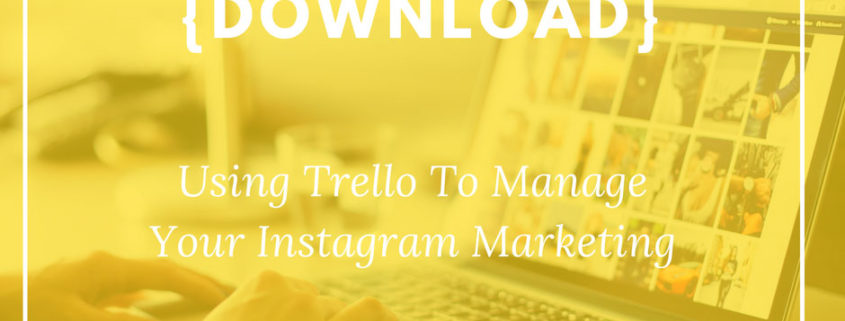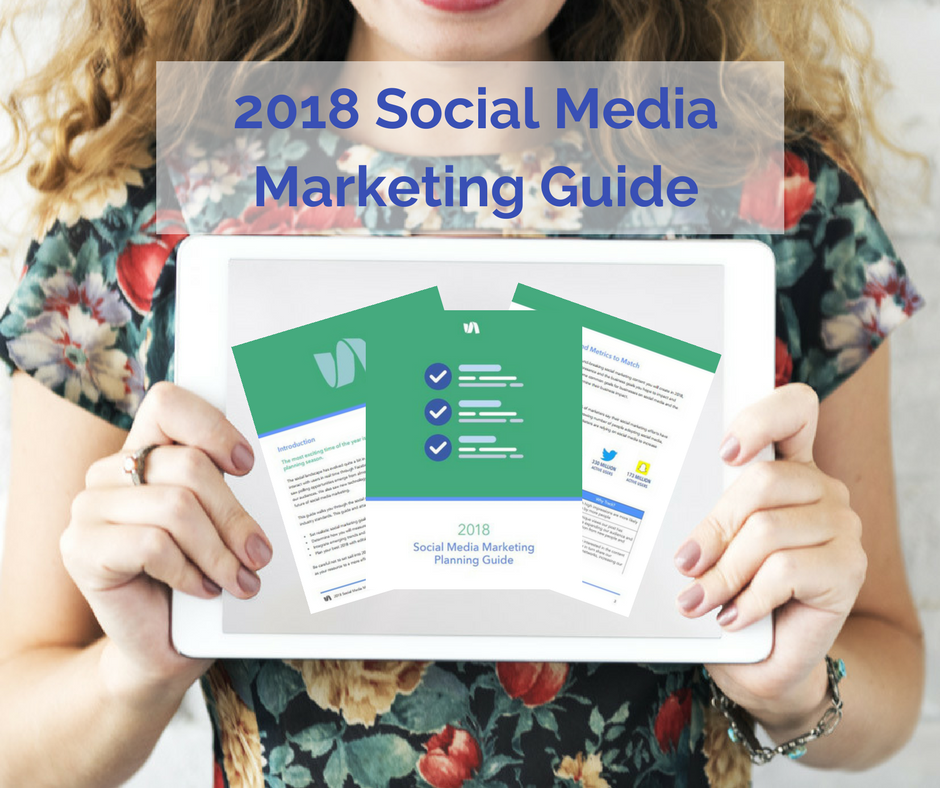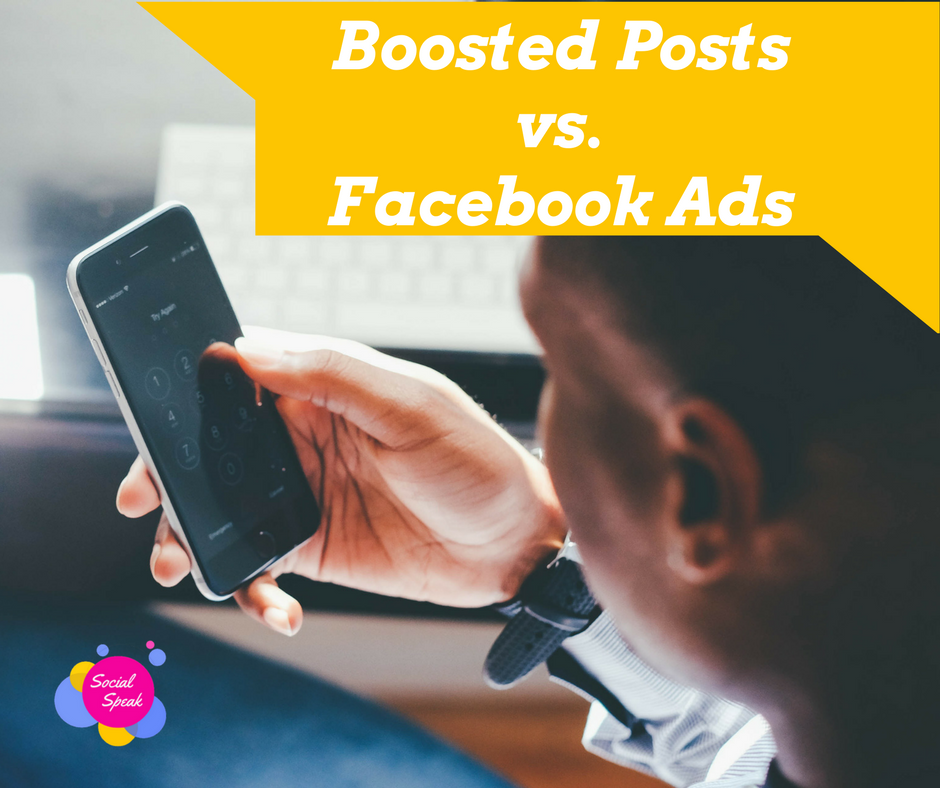You’ve heard you need to have identified core values for your brand and business, but what does this actually need?
We recently posted a video about how your core values are a set of standards for your business and how values drive how people perceive your business. Now it is time to take a look at translating this into the content you create. Here, we are going to be taking a look at a few different facets of your marketing:
- How to use your values to identify your target market
- How to use your values to create content that will move your brand forward
- How to use your values to understand ways you can react to both positive and negative reviews online.
Your brand and your mission need to flow through every aspect of your business and online, content is one of the main ways prospects can get a sense of who you are and what it would be like to work with you (or purchase your products). Do your personalities align or do they clash? Do you focus your attention on the same details your clients care about? How can you put your best foot forward online?
Let’s start with utilizing your values to identify your target market.
I’m sure you’ve been told that we work with people that we know, like, and trust. I must tell people this every single day. When your core values flow through your business, people with those same values will tend to be more attracted to working with you. They can help you really connect with those individuals who can then turn into raving fans.
A process to identify your target market that starts with your values.
Unlike most exercises that drive you towards creating a description of your target market, I invite you to think first about your values. More and more business experts are discussing how your employees should encompass your brand values, especially if they want to be more fulfilled, so why not bring this same notion to your consumers? Rather than focusing most heavily on the demographics of your target market, take a look at the psychographics. This includes the more personal characteristics of a person, including:
- Values
- Personality
- Lifestyles
- Attitudes
- Behavior
- Interests/hobbies
Think about how your product or service actually fits into your target consumer’s lifestyle, how will the product be used?
By going through this exercise, you open yourself up to thinking beyond just age, income, and location. You allow yourself to better understand what actually drives your consumers and what matters to them. Where do your business values come in? Well, ideally, your consumer’s values align with those of your business.
The next piece of your brand values is to use them to create content that moves your brand forward.
Here we will discuss possible topics that your business can write about that will better position your brand.
There are many different ways to come up with topics to discuss in your blog, so, just as a disclaimer, here I’m really only discussing one element of creating your content strategy. Your content strategy should be diverse, but there are ways to make sure within your strategy, your brand messaging and values come across loud and clear.
Actually discuss your values
We recommend sitting down once a quarter, or at least once per year, and actually write a blog about your values. This may seem strange the first few times, but provide examples about how your values have dictated what products and services you offer. Or create a blog emphasizing your attention to detail and customer relationships that also highlights testimonials from your clients. There are a lot of different ways to highlight your values in a blog post, but one thing I do want to emphasize is how important it is to try and relate these articles back to the benefit for your clients.
Nobody wants to read something only about you, but how interesting would a story be of how you found your supplier because of their fair trade employee salaries or how you came to be a life coach because of the struggles you had before you started living aligned with your values. These are things people can relate to, and topics that can help you form a real connection with your market.
Understand who you are writing for – and use words that convey your values
Okay, so this really ties into the first part of the blog where we look at psychographics to identify your target market. By understanding the values of your market, you can use language that they will relate to more clearly. Let’s say you are a winter sports company who is marketing ski helmets to parents. The language you should use should highlight the safety and comfort of their children. However, let’s say the company is edgy and markets to the park-rat. Do you think they should focus on comfort and safety?
No! Their target market wants to look cool and may care about being connected to their devices. They want a way to easily show off the sick tricks they are throwing in the half pipe while jamming out. Everything from the imagery the company would use to the verbiage would have to shift.
The same is true for your business. Who are those different consumers you are trying to work with? Do you find that you are intuitive when you work with clients or are you very process driven? Work to find what words you can use in your marketing that conveys your brand values.
Lastly, we are going to take a look at how to use your values to understand ways you can react to both positive and negative reviews online.
Creating a process to respond to reviews online
Far too frequently, businesses with high integrity receive negative reviews online. Often times we actually see this for our clients’ when they work with individuals with conflicting values to the business, but here we really should focus on what you do after you receive a review.
First, visualize that you have just received a notification of a 1 star review. What is your gut reaction? You’ve worked years to build a reputable business and now everyone will see this negative review, who wouldn’t be upset?!
Before you do anything, STOP. Think about your values – how do you want to be perceived?
Most business values include some sort of idea around integrity or relationships, so you want to make sure that how you respond also projects this. Unless you are a business like Shinesty or Cards Against Humanity, where you embrace an ‘in the face’ brand presence, we recommend the following:
- How would you respond if the reviewer was speaking to you directly?
- Was this an issue that you had tried to resolve and were aware of?
- Is the customer actually right? Often times with negative reviews, the customer just can’t get over something (or maybe even be a competitor posting as an irate customer), but other times we can actually learn from legitimate negative reviews.
- Think about what else could be going on in the individual’s life. If you truly think you did everything you could and that you bent over backwards, perhaps this individual is having the worst week of their life. Changing perspective can help you to calm your nerves and think more clearly about a situation.
- Draft a reply comment in a word document that explains that you are sorry they are disappointed with your service, that you take pride in X,Y,Z, and that you are available to speak offline via phone or email.
- Sit back an hour and reread your draft response. Check it for any spelling or grammatical errors, then copy and paste it as a reply to the review.
Following these steps will make sure you aren’t jumping in with your gut reaction, but rather that you are allowing your values to dictate how you will treat others online.
Positive reviews are easier to respond to, but many businesses fail to actually write back each and every time they receive a review. Again, think about your values. Let’s say Community is a brand value, what better way to showcase this by taking the time to thank each reviewer and reestablish your invitation to them into the community that you are building.
In this post we’ve taken a look at how to use your values to find your target market, how to write content that exemplifies your brand values, and how to respond to reviews in a value-driven way. Just remember in every aspect of your marketing and service to clients, your values can and should act as your compass.








